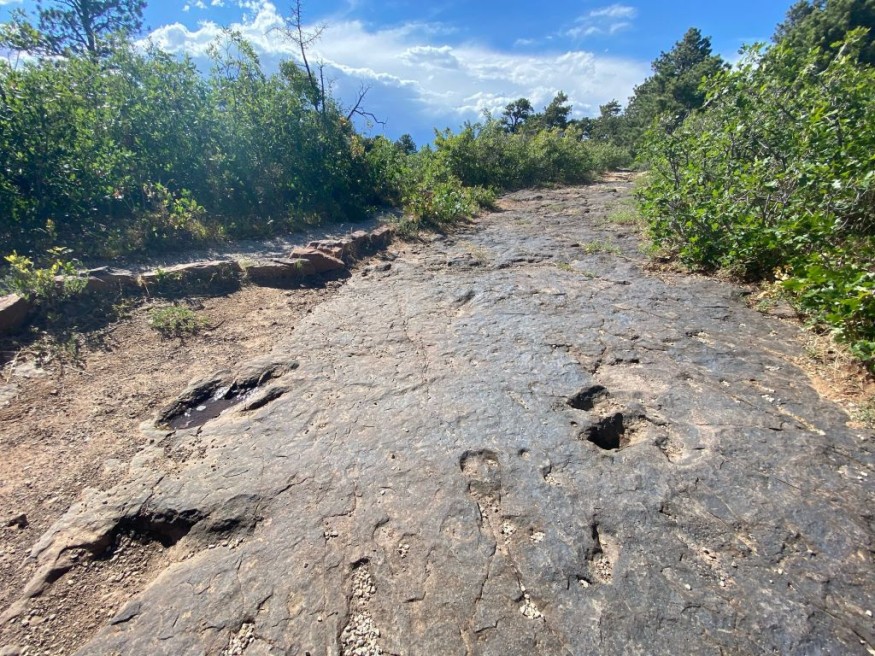
More ancient history was unearthed this summer as water levels dropped.
Around 70 dinosaur tracks have been discovered at Dinosaur Valley State Park in Glen Rose, Texas.
The gigantic prehistoric prints, which are normally concealed beneath the water and muck of the Paluxy River, are believed to date back roughly 110 million years.
The park is a popular destination for dinosaur enthusiasts and visitors who come to fish, swim, and kayak on the now-dry Paluxy River.
Species of dinosaur
Experts believe the tracks belonged to two different dinosaur species.
The three-toed footprints were most likely made by the huge carnivore Acrocanthosaurus, while the "elephant-looking" impressions were made by a massive long-necked Sauroposeidon.
Acrocanthosaurus was a carnivorous theropod that existed during the early Cretaceous epoch in North America. Its fossils have been discovered in Oklahoma, Texas, and Arkansas.
Sauroposeidon lived in the Early Cretaceous period about 118-110 million years ago.
When the first Sauroposeidon fossils were discovered in the United States in 1994, researchers initially thought they were fossilized trees due to their immense size.
Friends of Dinosaur Valley State Park officials, a nonprofit organization that supports the park, discovered the prints and claimed that they were "the most tracks we have ever seen at this location."
"This is not normal for us, but due to two consecutive years of high temps and drought conditions it has given us the opportunity to uncover new tracks," Paul Baker, retail manager at the Friends of Dinosaur Valley State Park, said in an interview. "Once we receive a decent rain most of the tracks will be covered up again."
Silver lining of extreme weather
Glen Kuban, who has been investigating and writing about the Paluxy dinosaur tracks in and around Dinosaur Valley State Park for more than 40 years, sees finding a big piece of paleontological history as a silver lining to the terrible weather.
And this year, Kuban's efforts have primarily concentrated on cleaning two huge locations in the park, known as the Ballroom and Denio sites, where he intends to expand the mapping of the park's tracks to include those that were previously buried under mud and water.
"It's important to clarify that the drought does not magically unveil tracks in pristine condition," Kuban said in an interview. "Even when the river is dry, the tracks are typically under extensive amounts of gravel, sand and dried mud. It takes many volunteers many days - in this case weeks - to remove the sediment covering and filling the tracks."
Last year, Kuban organized a team of volunteers from the Dallas Paleontological Society, Master Naturalists, and the Friends of Dinosaur Valley State Park to clean and document the longest dinosaur tail in North America - over 130 steps - as well as many tracks nearby.
While Baker continues to supply them with supplies, equipment, and logistical assistance as well as assisting with the study.
Related Article : Construction Damages 112 Million-Year-Old Dinosaur Track in Utah, Inciting Public Outrage
Related Video:
© 2025 NatureWorldNews.com All rights reserved. Do not reproduce without permission.





